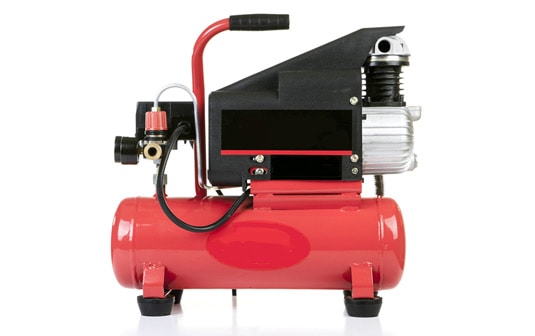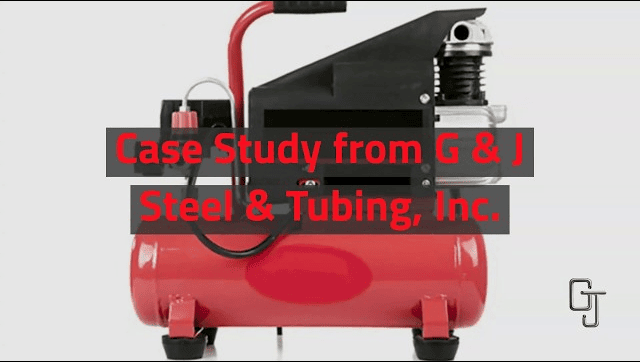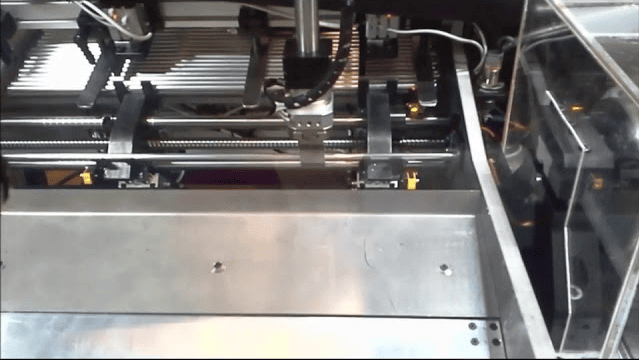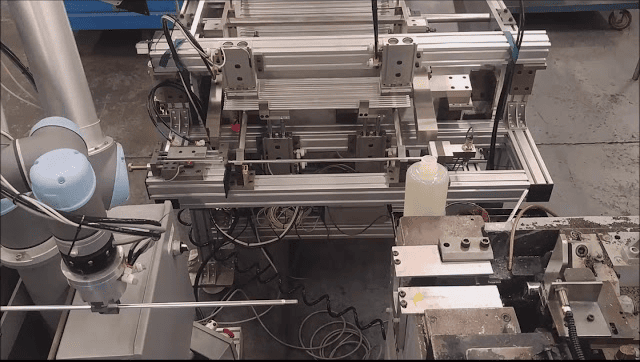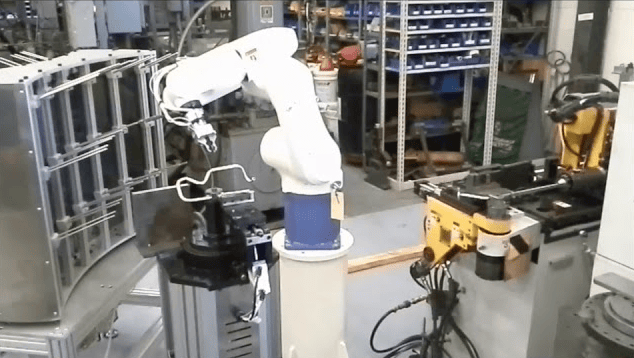At G & J Steel & Tubing, Inc., we designed, engineered, and built a fully integrated manufacturing work cell to expand our output capacity while reducing the cost of producing the tubular part shown here. We implemented this system to accommodate growth in volume from 400k parts per year to a projected 1.1 million for our client, a world-leading provider of tools and storage products.
Our original process included rotary cutting, manual grooving, swage end form, hose barb end form, and (5) CNC bends and (2) manual bends. The entire process was labor intensive and required six operators and two shifts to accomplish.
In order to increase capacity 175% we had to automate. To improve each operation we had to redesign work centers, improve operations, and at times invent processes. We started by inventing an automated grooving machine and integrated it with our current rotary cut-off system. We designed an end forming machine that combined and automated the swage and hose barb operations into a single automated operation. Next we had to design and develop a new CNC bender that would be integrated into our current CNC bender to complete all (7) bends continuously.
In addition to providing close tolerance accuracy, this cell enabled us to significantly decrease production time. Automation and process integration on the right-sized equipment in a cellular configuration allows us to complete the six-step progression with minimal handling between operations. The manufacturing cell is very stable, produces quality results, and enables us to use a pull approach for weekly just-in-time deliveries. Since implementing this work cell, our annual production volume of 1.3 million units exceeds the original estimate, and we have reduced the cost to the customer by more than 3.0%.


